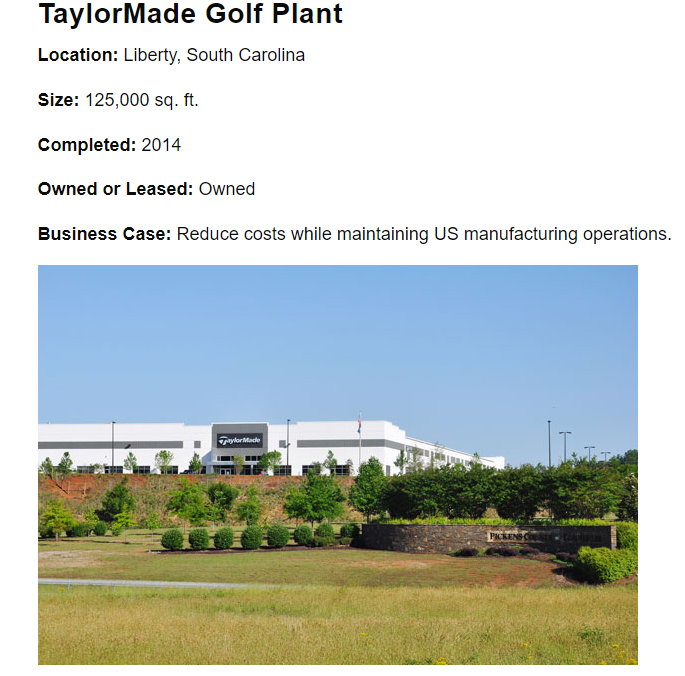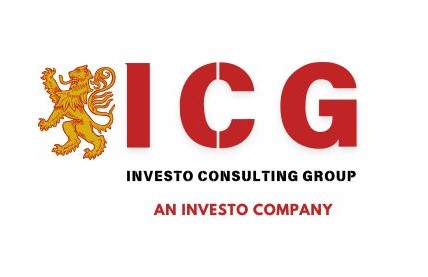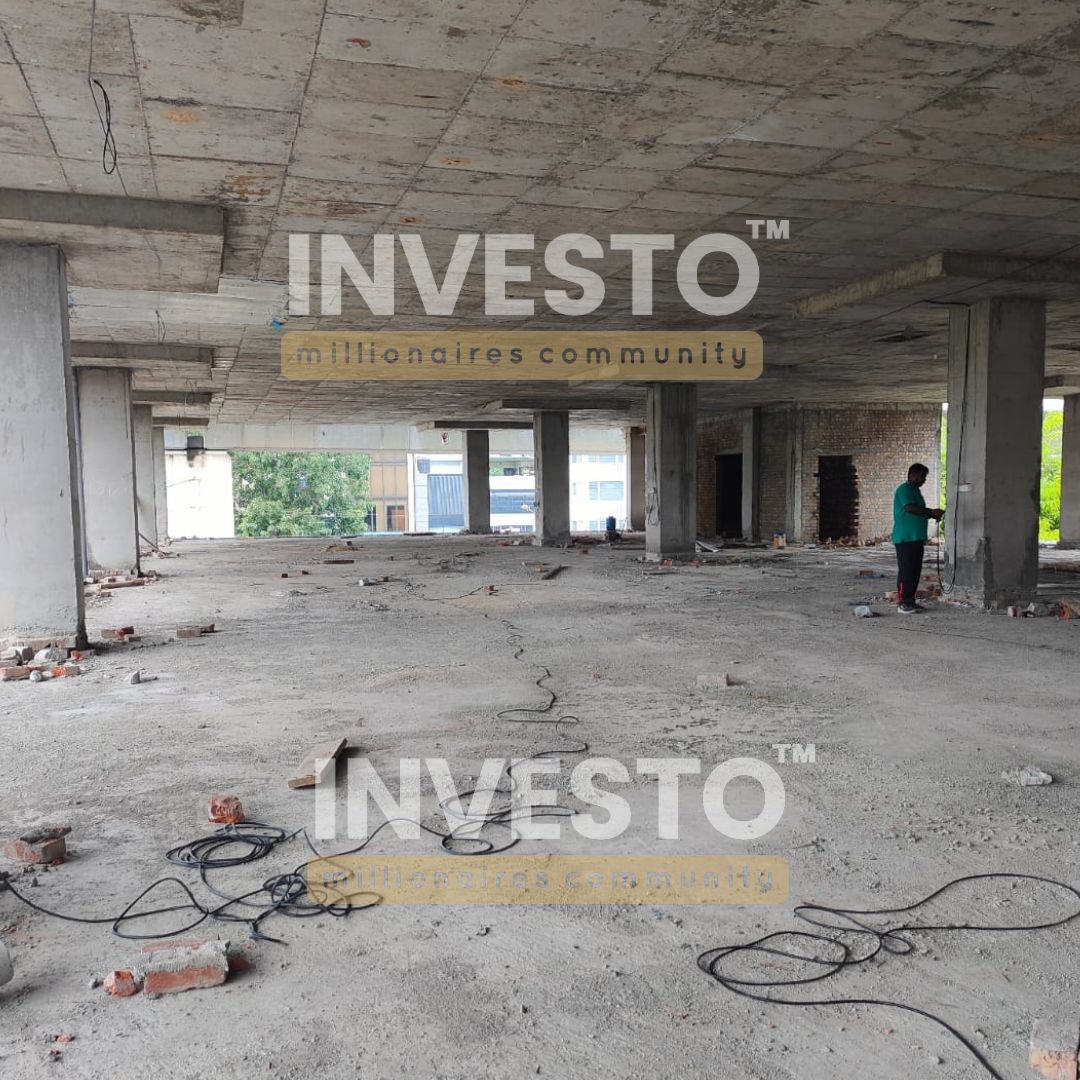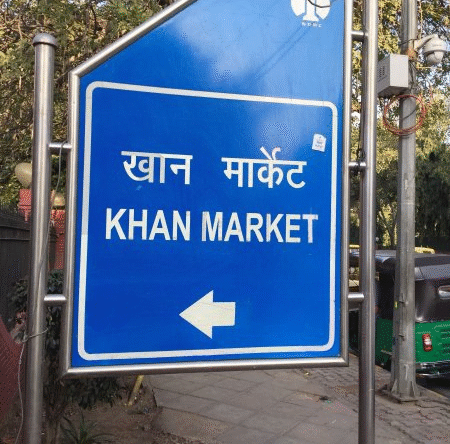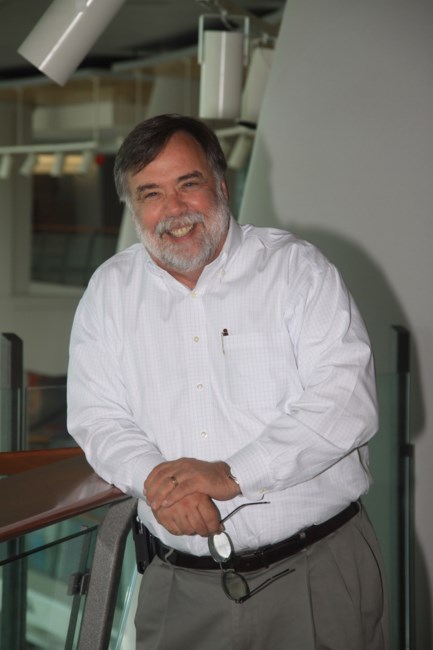
Our founders met Mr Douglas William Noonan of Norfolk, Massachusetts in 2014-2015, a rare genius in Retail Real Estate. We first discussed about Corporate Cost Restructuring, which we called now as Comapny/store revival Haggle. We wish all concepts about #haggle will be cleared here.
Mr Douglas William Noonan, he was born in Brooklyn, New York, on September 4, 1953, the son of William and Peggy (Harmer) Noonan. Douglas grew up in Bayonne, New Jersey, attending St. Andrew’s School and St. Peter’s Preparatory School in Jersey City graduating in 1971. He was a 1975 graduate of Rutgers University where he received a Bachelor of Science degree in Civil Engineering with a concentration in Structural Engineering.
Douglas was a licensed Structural Engineer with an outstanding 35-year career in the corporate real estate industry at the Colgate-Palmolive Manufacturing Company, The Kendall Company, Fidelity Investments, and most recently, at Reebok International Ltd. and the adidas Group. For much of his career, he literally traveled the globe undertaking real estate projects, beginning in an era when very few people were engaged in international real estate. He joined Reebok in 1995 and further demonstrated his expertise with the development and construction of the Reebok World Headquarters in Canton, Massachusetts that colleagues and staff affectionately refer to as “The house that Doug built.” The campus is built on 44 acres and consists of athletic fields and facilities, including a 525,000 square foot, state-of-the-art, awarding-winning corporate headquarters, a 10,000 square-foot day care center, and a restored 12,000 square-foot mansion. When adidas acquired Reebok in 2006, Douglas’s corporate real estate mandate grew. The combined portfolio of adidas/Reebok consisted of 20 million square feet of facilities on over 500 properties located in 68 countries around the world. His charge was to consolidate and “right size” the portfolio while creating technologically advanced facilities. He did this over the course of his career with adidas which resulted in a reconfigured portfolio of just 375 facilities but now consisting of 23 million square feet. Douglas completed transactions and/or projects in all 68 countries the company operates in today. Some of his major projects included 11 new state of the art distribution centers around the world consisting of approximately 7 million square feet and major new headquarters projects in Amsterdam, New Delhi, Shanghai, Tokyo, Moscow and Dubai.
Douglas was a director and past president of the New England Chapter of CoreNet (the world’s leading association for corporate real estate and workplace professionals), a member of the American Society of Civil Engineers, a lecturer at the Boston Society of Architects and the Boston Chapter of the Associated General Contractors of America, as well as other professional and industry organizations. He was also a director of the South Shore Habitat for Humanity.
His impressive life achievements were outweighed only by the depth of his character and the nobility of his nature. As a result, he was blessed with many steadfast friendships all around the globe. We are fortunate to meet Mr Douglas 2014-2015, we discussed various retail policies of the world, along with his best ever story of Reebok Tranformation.
“Companies often overlook their real estate expenses unless they actively manage them,” says Noonan, ex-vice president of group corporate real estate at adidas Group. “When they finally assess the costs of rent, operating expenses, and depreciation, they are often shocked by the substantial amount. Real estate is a significant asset that can lead to millions in costs if not properly managed.”
“There’s no doubt about it: Effective real estate management can help turn a company around,” Noonan says. He should know. Noonan spent the first part of his career as a project manager before transitioning to corporate real estate in 1995, when he joined Reebok International Ltd. as its director of corporate real estate and facilities.
Noonan describes Reebok as a prime example of a turnaround driven by real estate. “When I joined Reebok, the company was doing well but its success was waning,” he recalls. “We operated out of six different facilities, and our chairman and CEO, Paul Fireman, envisioned a unified headquarters for Reebok.”
Reebok’s brand had lost its appeal, and the uninspiring facilities were hindering the attraction of creative talent needed to revitalize its product designs and marketing. Fireman believed that a new location could spark a renewed spirit within the company. He tasked Noonan and the architectural firm NBBJ with creating a new global headquarters in Canton, Massachusetts.
“Fireman instructed us to understand his company and reflect that understanding in the architecture,” Noonan explains.
The resulting 44-acre site—which encompasses a 525,000 square-foot office building, including a 30,000-square-foot fitness center, an 8,500-square-foot cafeteria, a 13,000-square-foot conference center, and seven outdoor athletic fields—was completed in 2000 at a cost of $70 million. It immediately bolstered Reebok’s bottom line.
“Reebok’s stock price, which had been dropping steadily since I joined the company, had lost 80 percent of its value by 2000,” Noonan says. “When we moved in, the stock price started to rebound, and over a three-year period it went back to where it had been in 1995, and even surpassed those levels. Sales that had been decreasing all of a sudden started increasing again. Attracting talent was no longer a problem. The company’s fortunes turned around significantly.”
The project even earned Reebok new business: Tours of its new headquarters helped Reebok secure 10-year licensing agreements with the National Football League and the National Basketball Association.
When adidas acquired Reebok in 2005, it saw what Noonan had accomplished and asked him to establish the company’s first corporate real estate function.
“When adidas took over, the corporate real estate portfolio tripled in size,” Noonan explains. He went from managing 160 properties in 30 countries to overseeing more than 500 properties in 56 countries. To manage this expansion, he outsourced various tasks to the commercial real estate services firm Jones Lang LaSalle. “This approach provided me with global resources that would have been difficult to justify in-house. It offered significant market leverage at a variable cost, meaning I only pay for the resources I use.”
These resources, which include both personnel and comprehensive market research, have enabled Noonan to carefully rebalance the company’s real estate portfolio.
“Before the acquisition, local business units managed their own real estate,” Noonan notes. “In some cases, the deals they made were far from ideal. We’ve added substantial value by negotiating better deals.”
In some instances, leases have been re-evaluated and renegotiated to lower costs and improve terms. In other cases, leasing has been replaced with ownership, allowing the company to earn returns on cash that would otherwise remain idle in banks. This strategy has helped adidas become more agile in rebuilding its supply chain and distribution network.
“We hit the ground running with a number of major distribution centers around the world,” Noonan says. In the past decade, he has renovated or built from scratch 10 owned and leased distribution centers.
Included among these is a 236,000-square-foot central distribution center in Rieste, Germany, purpose-built to supply adidas retail stores in Northern Europe. As stores typically order shoes by the case instead of by the pair, the company-owned facility—completed in 2012—was built around an automated order fulfillment system featuring multiple cranes that pick and deliver inventory in an entirely “lights-out” environment.
In 2015, the company also completed its renovation of a 115,000-square-foot leased distribution center in Embu, Brazil. The largely manual facility was expanded by 40 percent to accommodate increased demand for product during the 2016 Summer Olympics in Rio de Janeiro.
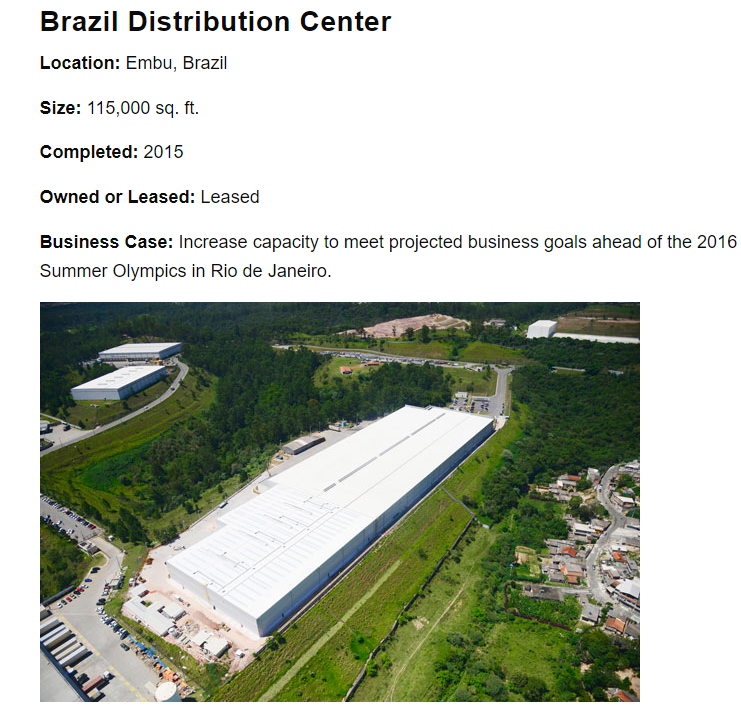
In July 2016, adidas is scheduled to complete its 1 million-square-foot distribution center in Brantford, Canada. The facility was designed to be semiautomated, supporting manual order picking, but also automated sortation. The single distribution center replaces four leased facilities and supports all of Canada.
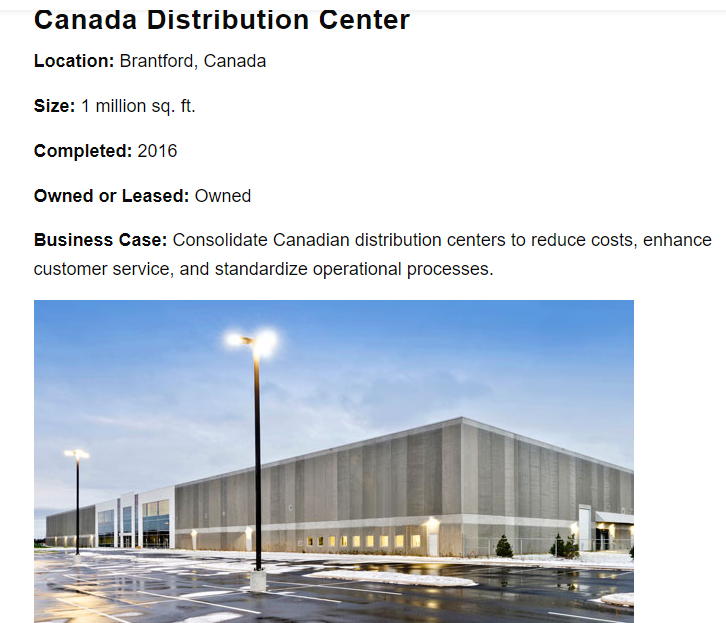
There is also a 125,000-square-foot manufacturing plant that makes golf balls for adidas subsidiary TaylorMade in Liberty, South Carolina. Completed in 2014, the plant helped the company realize cost efficiencies and also enabled it to keep its manufacturing operations in the United States.
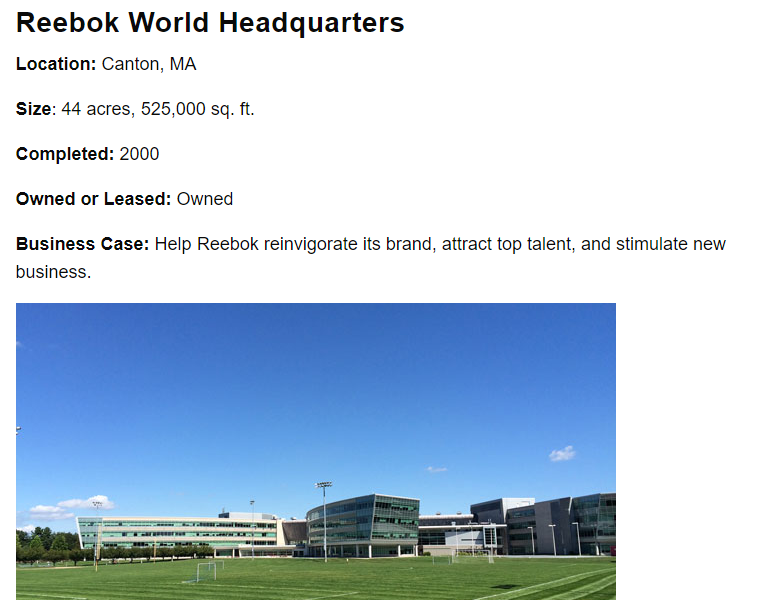
Each new facility in each new location brings its own set of challenges. No matter what the project, however, one thing remains consistent, according to Noonan: real estate’s positive impact on the bottom line.
“I don’t profess to know all the ins and outs of all the different lines of business that we’re in,” Noonan concludes. “But I do profess to know about real estate, and the real estate decisions we make help the company execute its strategy in the most efficient way possible.”
